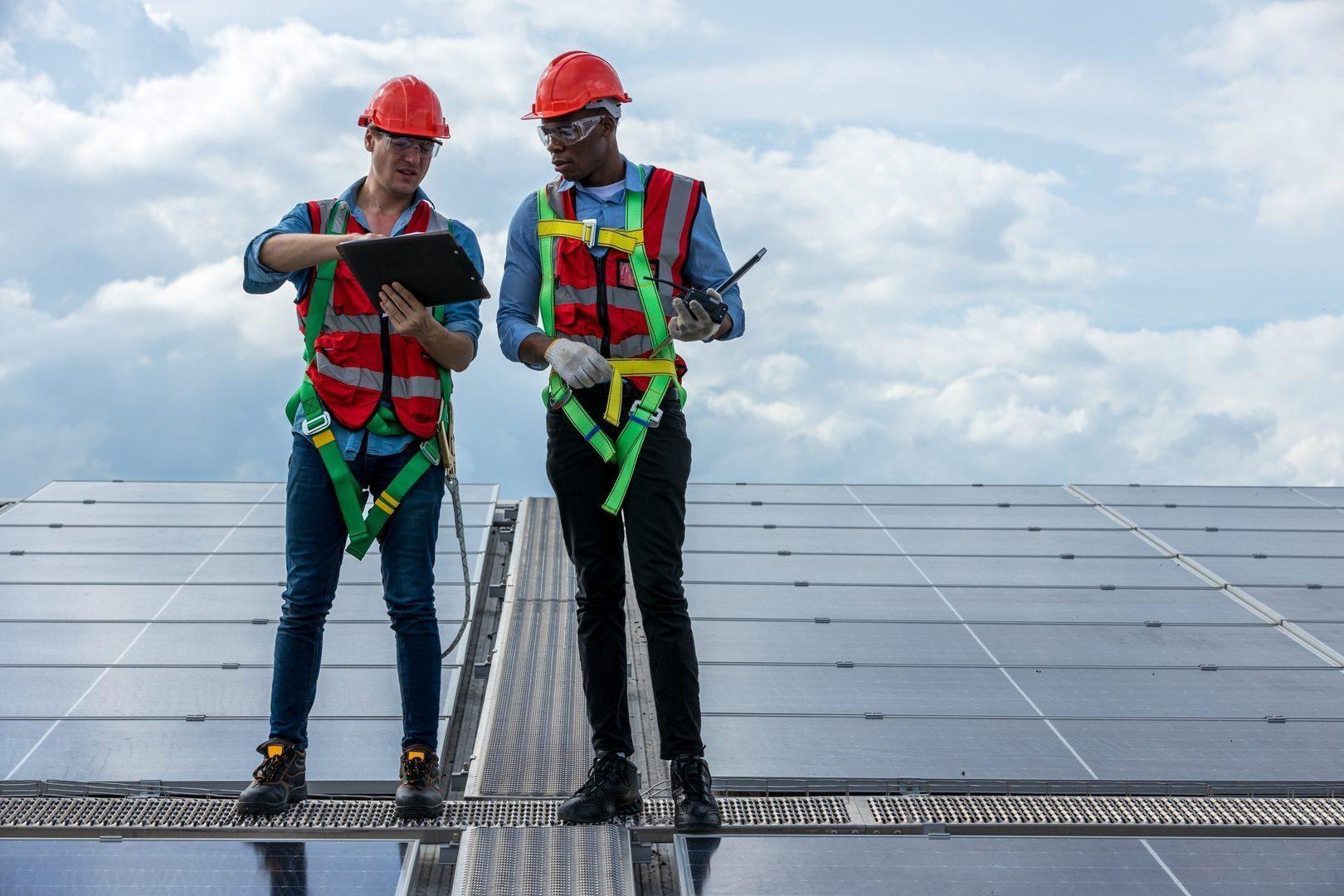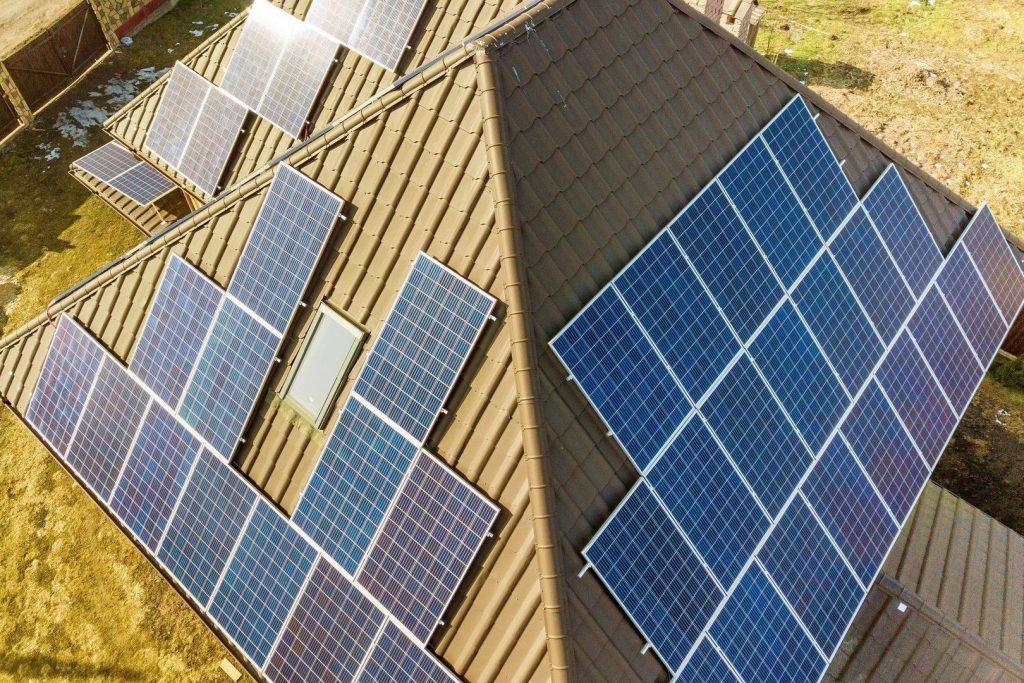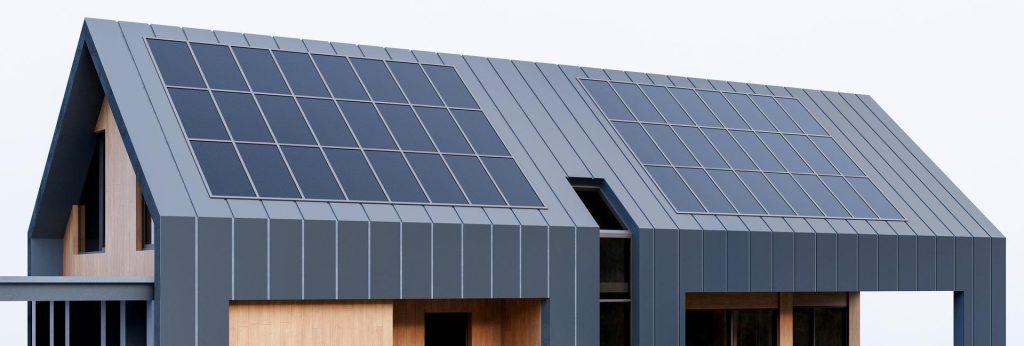No products in the cart.

How do PV panels work?
PV (Photovoltaic) panels, also known as solar panels, work by harnessing the power of sunlight and converting it into usable electricity. The panels consist of solar cells made from semiconductor materials, usually silicon. When sunlight hits the solar cells, it excites the electrons within the material, creating an electric current. This direct current (DC) is then converted into alternating current (AC) by an inverter, making it suitable for powering homes and businesses.
What are the benefits of installing PV panels?
Installing PV panels offers numerous benefits, including:
- Renewable Energy: PV panels generate clean and renewable energy from sunlight, reducing reliance on fossil fuels and decreasing carbon emissions.
- Cost Savings: By generating your own electricity, you can significantly reduce or even eliminate your electricity bills, providing long-term cost savings.
- Energy Independence: PV panels provide a degree of energy independence, allowing you to generate power on-site and reduce dependence on the grid.
- Low Maintenance: PV panels are durable and require minimal maintenance. Regular cleaning and occasional inspections ensure optimal performance.
- Increased Property Value: Properties equipped with PV panels often have higher resale value due to their energy efficiency and reduced operating costs.

What factors should be considered when installing PV panels?
Several factors should be considered when installing PV panels, including:
- Sunlight Exposure: Assess the available sunlight exposure on your property to determine the efficiency and output potential of the PV panels. Ideally, panels should be placed in areas with maximum sunlight exposure throughout the day.
- Roof Orientation and Tilt: The orientation and tilt of the roof or mounting structure should be optimized to capture the most sunlight. South-facing roofs with a suitable tilt angle often yield the best results.
- Roof Condition and Structural Integrity: Ensure that your roof is in good condition and structurally capable of supporting the weight of the PV panels. If necessary, roof repairs or reinforcements may be required.
- Local Regulations and Permits: Familiarize yourself with local regulations and obtain the necessary permits for PV panel installation. This may include compliance with building codes, grid connection requirements, and safety standards.
- Financial Considerations: Evaluate the upfront costs, available incentives, and potential return on investment of installing PV panels. Financial options such as net metering, feed-in tariffs, and solar rebates can impact the economic viability of the installation.
Therma House Ltd. Can advise on the correct PV strategy to suit your household needs.
Contact: roger@thermahouse.ie or send message through our Contact page.


